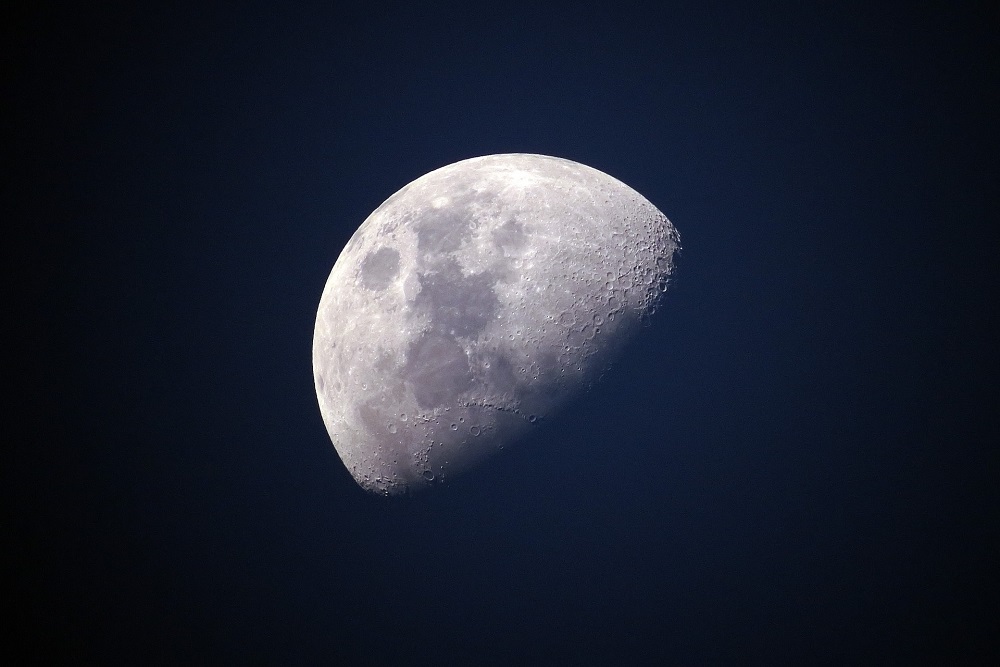According to a recent hypothesis, the Moon might be safeguarding millions of years’ worth of data on evolution. It turns out that the cold and unwelcoming environment and the rocky landscape can be a perfect time capsule for biological material.
Scientists speculate that the depths of Moon craters, where materials are protected from the excruciating radiation of the Sun, might hide the secret to our planet’s history, and our species’ evolution.
Data on evolution and why it’s important
Studying the species that lived on our planet can significantly improve our understanding of the way our planet functions, and what causes species to become extinct.
According to recent United Nations reports, species on Earth are currently reaching final stages of extinction much faster than what is considered normal – between a hundred (100) and a thousand (1000) times more quickly.
These are extremely worrying findings, and one way to counter such developments is through analysis of past patterns and behaviors. To do that, scientists need data on evolution, and the Moon might turn out to be the perfect source.
Space programs might pose threats
While the only way to actually collect data on evolution from the Moon is through extensive space programs and operations, scientists are warning that the increased human activity the planet is witnessing recently might be a threat to biological material.
Even if an object was propelled from earth billions of years ago and managed to survive, along with the biological material it carries, the landing of a shuttle or a probe can easily destroy it.
This is why scientists warn that the increased activity of space projects like the Chandraayan 2, should be closely monitored. Preserving the data on evolution, the Moon has kept for billions of years should be a priority for space exploration missions.
According to scientific estimations, a hundred square kilometers (100 sq.km) of the Moon can hold up to twenty-eight thousand kilograms (28,000kg) of biomaterial from the Earth.







